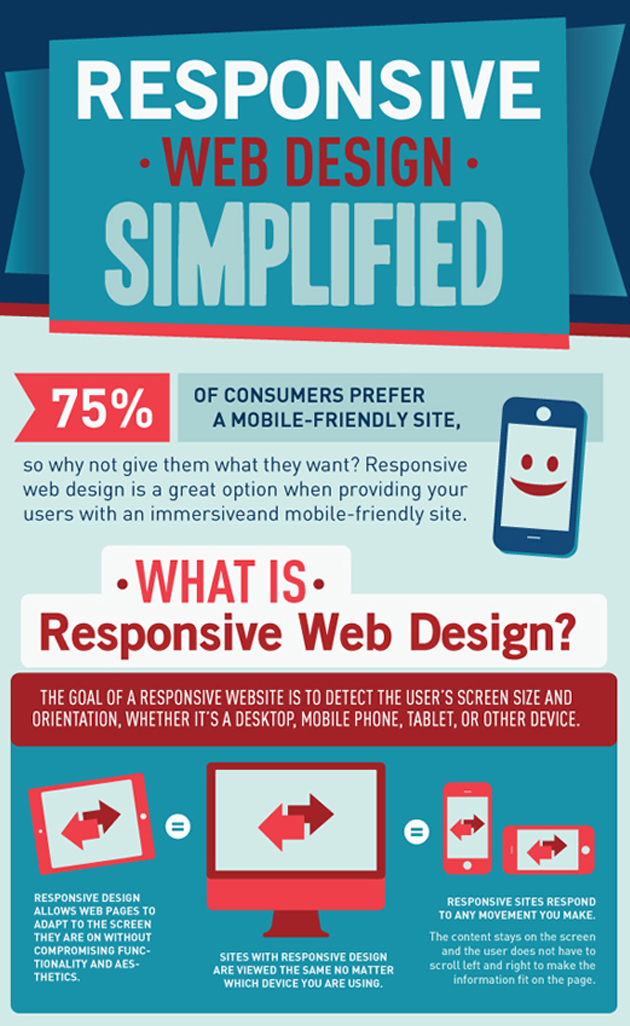Interested In Finding Out Just How Internet Site Layout Has Progressed Throughout The Years? Discover The Journey From Simple Designs To User-Centered Methods
Interested In Finding Out Just How Internet Site Layout Has Progressed Throughout The Years? Discover The Journey From Simple Designs To User-Centered Methods
Blog Article
Authored By-Bradshaw Hyldgaard
In the past, internet sites were easy and focused on info. Navigating was straight, and design was for desktops. Now, user experience is vital. Data guides designs for very easy navigation. Receptive designs match various gadgets. Today, dark mode reduces stress, and minimalist food selections enhance navigation. Interactive attributes engage users, and strong visuals stand out. AI combination enhances engagement. See just how design has developed to enhance your online trip.
Early Days of Web Design
In the very early days of website design, simplicity preponderated. Websites were standard, with minimal colors, font styles, and layouts. The emphasis was on providing information rather than showy visuals. Customers accessed the net via sluggish dial-up connections, so rate and performance were key.
Navigating food selections were straightforward, commonly situated at the top or side of the page. Sites were created for desktop, as mobile surfing had not been yet widespread. Content was king, and developers prioritized easy readability over complex style elements.
HTML was the key coding language utilized, and developers needed to work within its constraints. Computer animations and interactive functions were marginal contrasted to today's criteria. Internet sites were fixed, with little vibrant content or tailored individual experiences.
Rise of User-Focused Layout
With the development of internet site design, a change in the direction of user-focused design principles has come to be significantly prominent. Today, creating websites that focus on user experience is vital for involving visitors and attaining business goals. User-focused design involves comprehending the demands, preferences, and actions of your target audience to tailor the site's design, web content, and features appropriately.
Designers currently carry out thorough research study, such as individual studies and functionality screening, to collect understandings and responses straight from customers. This data-driven method assists in creating user-friendly navigating, clear calls-to-action, and visually appealing user interfaces that reverberate with site visitors. By putting the individual at the facility of the style procedure, web sites can supply an extra customized and pleasurable experience.
Receptive design has additionally emerged as a key facet of user-focused layout, guaranteeing that web sites are enhanced for numerous gadgets and display dimensions. https://www.legalscoops.com/how-to-manage-a-small-law-firm/ and usability, dealing with the varied means customers connect with internet sites today. In essence, the increase of user-focused design represents a change in the direction of creating digital experiences that prioritize the demands and expectations of the end customer.
Modern Trends in Web Design
Check out the most up to date patterns shaping website design today. One noticeable trend is dark mode layout, offering a smooth and modern appearance while minimizing eye strain in low-light settings. An additional essential pattern is minimal navigating, streamlining menus and enhancing individual experience by focusing on essential elements. Including micro-interactions, such as animated buttons or scrolling effects, can produce a more interesting and interactive web site. Receptive style remains essential, guaranteeing smooth customer experiences throughout different devices. Additionally, using strong typography and asymmetrical formats can add visual interest and accentuate certain material.
Incorporating AI innovation, like chatbots for consumer assistance or customized recommendations, boosts customer interaction and simplifies processes. Availability has likewise end up being a considerable fad, with developers prioritizing inclusive design methods to satisfy varied user requirements. Welcoming sustainability by optimizing site performance for rate and efficiency is one more emerging pattern in web design. Teaming up with user feedback and data analytics to iterate and enhance layout constantly is necessary for staying appropriate in the ever-evolving electronic landscape. By welcoming these modern-day patterns, you can produce a visually enticing, easy to use website that resonates with your audience.
Final thought
As you review the advancement of internet site layout from the early days to now, you can see exactly how user-focused design has actually ended up being the driving pressure behind modern-day trends.
Accept the journey of change and adjustment in web design, constantly maintaining the customer experience at the leading edge.
Keep current with the most recent fads and modern technologies, and never ever quit progressing your strategy to create visually stunning and easy to use sites.
Progress, adapt, and produce - the future of web design remains in your hands.
